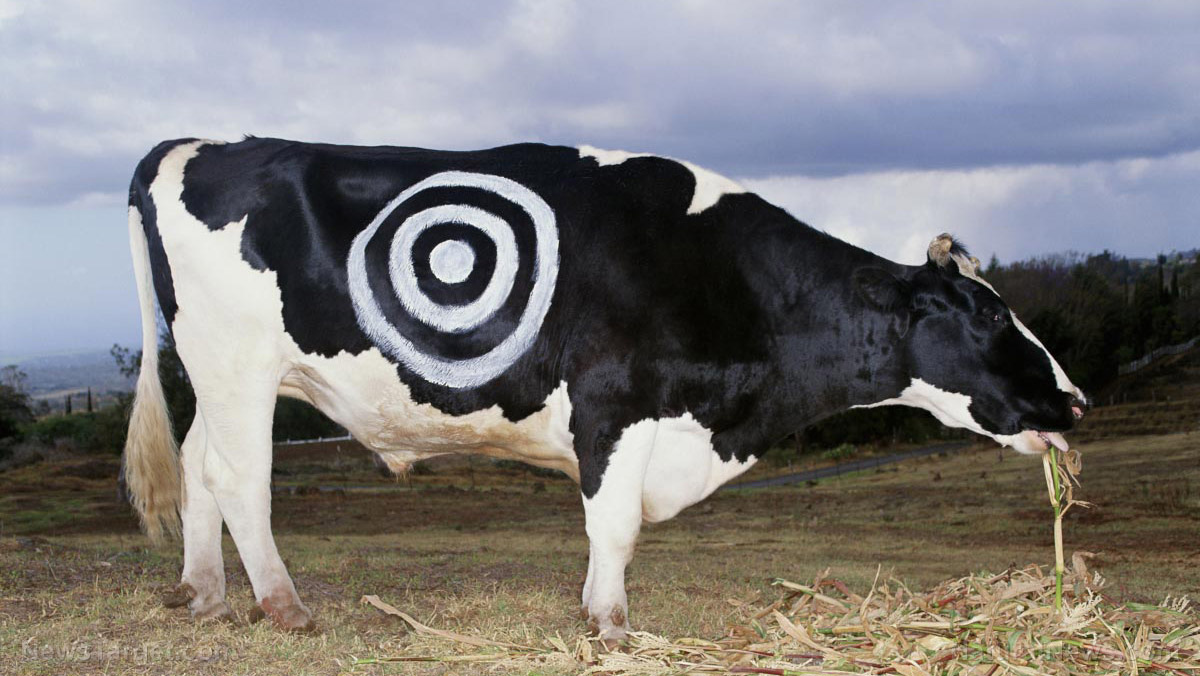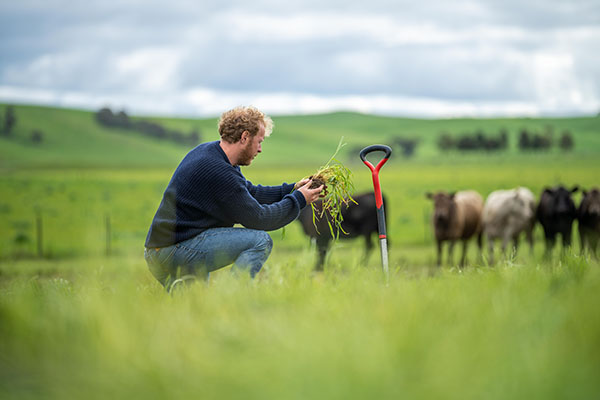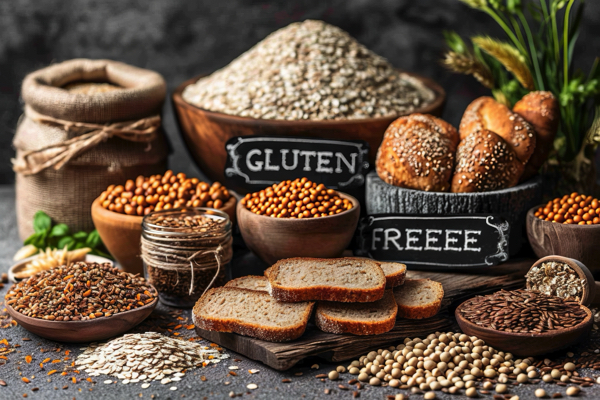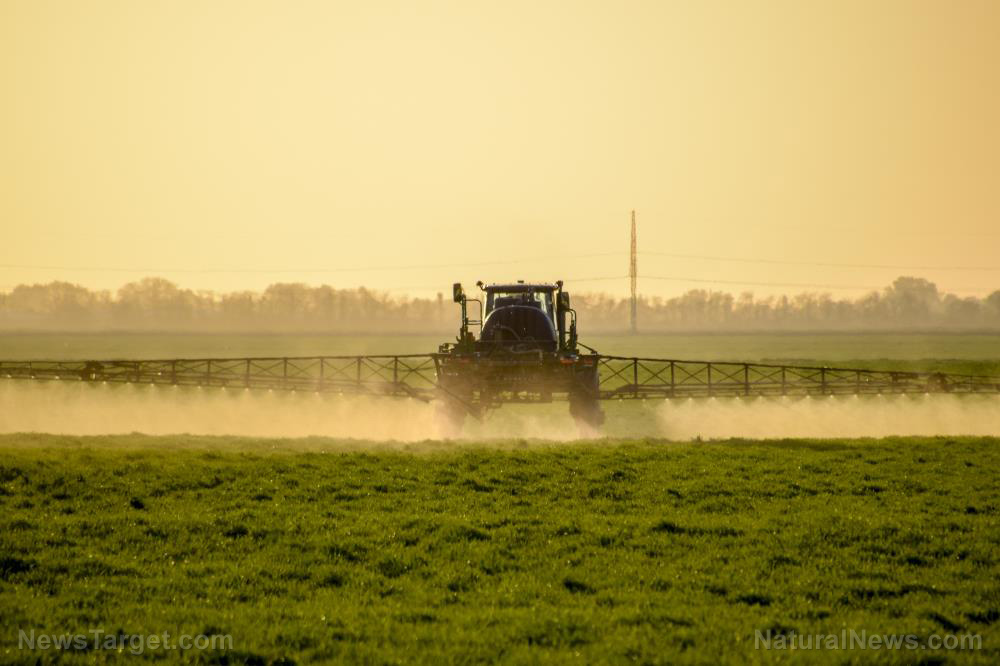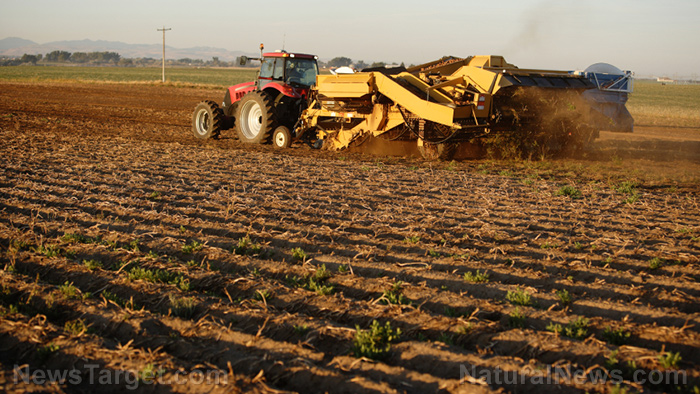Why mulberry trees are perfect for sustainable development
09/19/2024 / By Olivia Cook

For centuries, the mulberry tree (Morus alba) has been celebrated for its incredible versatility. It is not just a source or delicious and nutritious food, but it has also played a crucial role in the silk industry.
Ancient cultures used mulberry bark, leaves and fruits to treat various ailments – from colds to digestive issues and skin problems. But its most famous role is as the primary food for the silkworm (Bombyx mori), the tiny insect that produces luxurious silk threads cherished for making fine fabrics.
Today, mulberry stands out as a powerhouse in sustainable development – offering benefits across sectors other than food and medicine.
In this article, we will dive into why mulberry trees are making waves in environment conservation, animal husbandry and economic development. Drawing from a review published by Trees, Forests, and People, we will explore how this resilient plant is shaping a greener, more sustainable future. Here’s how:
Mulberry in environmental safety
Mulberry trees are champions of environmental health. Their deep root systems help improve soil quality and prevent erosion – making them invaluable in maintaining soil stability. They also absorb pollutants – making them excellent for cleaning up contaminated lands and supporting soil conservation efforts.
Afforestation
Mulberries grow quickly and can adapt to different climates and soil types. They’re commonly planted in parks, urban areas and along roadsides. They help prevent erosion, improve water retention and restore soil health. Their hardiness makes them ideal for greening cities and revitalizing degraded landscapes.
Bio-remediation of pollutants
Mulberries are effective at cleaning up soil pollutants, like fumigants, fungicides, insecticides, rodenticides and weedicides. They can absorb and store heavy metals like cadmium. chromium, copper, lead, manganese, mercury, nickel and zinc, which harm humans. This makes them a valuable tool for cleaning up contaminated lands, such as those near factories.
Carbon sequestration
Their leaves absorb harmful air pollutants, such as carbon monoxide, chlorine, hydrogen fluoride and sulfur dioxide. One mulberry tree can absorb over 4,000 kg of carbon dioxide annually, which is fantastic for cleaning the air people breathe. Their roots also clean up soil pollutants – making them excellent for areas with industrial pollution.
Eco-restoration
Mulberries are incredibly resilient. Their deep root systems let them grow in tough conditions – whether it’s drought, high winds or poor soil. They thrive in everything from sandy deserts to polluted areas – making them perfect for restoring barren lands and improving damaged environments.
Soil and water conservation
Mulberry trees help protect and enrich the soil. Their extensive root systems reduce erosion and improve water retention. This is crucial in areas prone to flooding and erosion. Mulberries can cut down water runoff and strengthen soil, which supports healthy plant growth and prevents soil degradation.
Mulberry trees and wildlife
Mulberry trees are also a haven for wildlife and a valuable addition to natural landscapes. Here’s how these multi-purpose trees support and enhance local ecosystems:
A wildlife haven
Mulberry trees are a boon for wildlife. Their sweet, juicy fruits attract a variety of animals – from birds, like blue jays and robins to squirrels and even bears. But the benefits don’t stop at the fruit. The dense foliage provides excellent shelter and nesting sites for birds, while insects, like silkworms find their primary food source in mulberry leaves. This makes the tree a vital habitat where numerous species can thrive.
A companion plant
Mulberry trees are great for soil health – breaking up compacted soil and improving water absorption and overall structure. As their leaves fall and decompose, they enrich the soil with essential nutrients. This natural process enhances soil fertility – benefiting not only the tree itself but also other plants growing nearby.
Pollinator magnet
Mulberry flowers are a magnet for pollinators, such as bees, butterflies and other nectar-loving insects. These pollinators are crucial for the tree’s reproduction, helping to spread pollen and ensure the production of its tasty fruits. By attracting these beneficial insects, mulberry trees also support the pollination of nearby plants – contributing to the health and biodiversity of the broader ecosystem.
Beyond their ecological benefits, mulberry trees add beauty to any landscape. Their unique shape and vibrant foliage, which changes with the seasons, make them a stunning feature in gardens, natural areas, or parks. Whether you’re a nature lover or looking to attract pollinators or wildlife, mulberry trees offer both aesthetic appeal and ecological value.
Mulberry in animal husbandry
In the world of agriculture, mulberry trees shine as a high-protein feed source for livestock. The leaves are rich in nutrients and can significantly boost the growth and productivity of animals, such as dairy cows, goats and poultry. This makes mulberry a vital component of integrated farming systems, where it supports both crop production and animal rearing.
Livestock feed
Mulberry trees thrive in various climates, from tropical to temperate regions, and can be grown as either shrubs or trees. Traditionally used to feed silkworms, mulberry leaves are now recognized for their potential as livestock fodder. The leaves are packed with nutrients, including 20 to 23 percent crude protein, 8 to 10 percent sugars, and 12-18 percent minerals. This makes them an excellent feed for ruminants or animals with more than one stomach, like cattle, goats and sheep, as well as monogastric animals, such as pigs and rabbits.
Livestock nutrition booster
In many developing countries, livestock often rely on cereal straws and grasses, which might not provide balanced nutrition. Mulberry leaves can complement these feeds – offering a highly digestible and nutritious alternative. Studies have shown that including mulberry leaves in livestock diets improves growth rates and body weight. For example, lambs fed mulberry leaves with ammoniated rice straw showed better growth and sheep experienced a noticeable increase in body weight.
Growth and reproduction supplement
When combined with other energy sources, like molasses and rice bran, mulberry leaves improve growth rates and reproductive outcomes. This makes them a valuable addition to any animal husbandry operation – enhancing productivity and economic returns.
Milk production enhancer
Research indicates that feeding cows and goats mulberry leaves can significantly enhance milk quality and yield. After 60 days of mulberry leaf supplementation, the protein content in milk increased by up to 36.75 percent, while carbohydrates and fat contents also saw notable improvements. This makes mulberry an attractive option for dairy farmers aiming to boost milk production and quality while managing feed costs.
By replacing part of the commercial feed with mulberry leaves, farmers can reduce feeding costs. For instance, in pig and rabbit diets, mulberry leaves can help cut down on commercial feed requirements significantly – leading to cost savings. In poultry farming, hens fed mulberry leaves that have been fed mulberry leaves laid larger eggs with improved yolk color and higher nutritional content, such as beta-carotene and vitamin K.
Mulberry in economic growth and empowerment
Mulberry cultivation offers substantial economic benefits and returns. It supports sericulture or the production of silk, which has long been a major industry – spanning over five millennia, supporting economic development, health and jobs. Additionally, mulberry products are making their way into the beverage, cosmetic and food industries – providing farmers and communities with diverse income sources and driving sustainable economic development.
Boosting livelihoods through sericulture
Mulberry trees are vital to sericulture – the art of raising silkworms for silk production. Silkworms feed exclusively on mulberry leaves – making these trees crucial for silk farming. This industry has proven to be a lifeline for women and rural communities in Asia – offering them a low-cost, high-reward income source. By expanding sericulture to other regions with suitable climates, mulberry cultivation provides a reliable way to alleviate rural poverty and secure livelihoods for small-scale farmers.
Driving revenue with integrated farming
Mulberry’s versatility shines in integrated farming systems. where it is combined with other agricultural activities like animal husbandry, fish farming and poultry raising. This integration boosts land productivity and creates multiple revenue streams. For instance, farmers can interplant mulberry with cash crops, medicinal plants or vegetables to enhance income. In India, mulberry is used for bio-energy production. The organic waste from silkworm reading can be recycled as fish feed – promoting sustainability and increasing fish production.
Using byproducts for economic gains
Mulberry doesn’t just provide silk; its fruits, leaves, roots and stems are valuable across various industries. Here are some examples:
- Composting and animal feed: By-products like silkworm litter can be used as compost and silkworm pupae are high-protein feed for animals – boosting economic returns and supporting sustainable practices.
- Cosmetics: Silkworm sericin, produced and secreted along with fibroin by silkworms, is used in skincare products for its moisturizing and anti-aging effects – adding another revenue stream for sericulture practitioners.
- Pharmaceuticals: Mulberry leaves contain phytocompounds with science-backed health benefits, including anti-diabetic, anti-cancer, anti-inflammatory properties, among others. This opens up opportunities for farmers to earn from the pharmaceutical market.
Enhancing food and nutritional security
By integrating mulberry with other farming practices, farmers produce not just silk but also eggs, fruit, meat, milk and vegetables. Mulberry leaves are a proven nutritious and cost-effective feed for livestock – improving egg quality milk yield and growth rates in animals. This diversification supports better nutrition and food availability, especially in rural areas.
Empowering marginalized communities
For marginalized communities, including indigenous peoples and tribal populations, mulberry cultivation offers a crucial economic lifeline. These communities often depend on natural resources for their livelihoods and mulberry provides a reliable and sustainable income source by engaging in cottage industries like silk weaving or woodcraft, for instance. The adaptability of mulberry to various climates and marginal lands makes it an accessible option for even the most resource-constrained farmers – improving their economic stability and opportunities for entrepreneurship.
Visit Ecology.news for more stories like this.
Learn how to grow mulberry trees by watching this video.
This video is from the Daily Videos channel on Brighteon.com.
More related stories:
Sources include:
Submit a correction >>
Tagged Under:
agriculture, berries, Bible herbs, Ecology, environment, environmental science, fruit trees, green living, mulberry, mulberry cultivation, mulberry trees, organic farming, Sustainable Development, Tree Planting, trees, wildlife
This article may contain statements that reflect the opinion of the author
RECENT NEWS & ARTICLES
OrganicFarming.News is a fact-based public education website published by Organic Farming News Features, LLC.
All content copyright © 2018 by Organic Farming News Features, LLC.
Contact Us with Tips or Corrections
All trademarks, registered trademarks and servicemarks mentioned on this site are the property of their respective owners.

